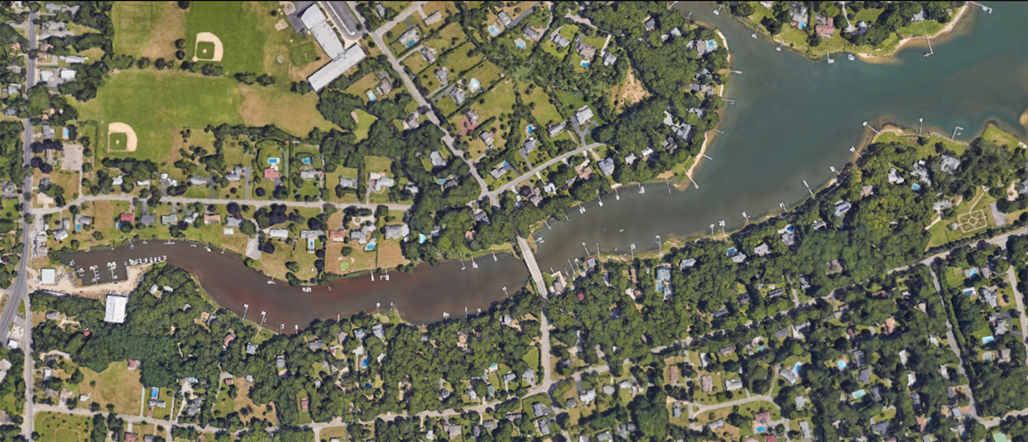A collaborative team of scientists and state managers from Stony Brook University and the New York State Department of Environmental Conservation (NYSDEC) are responding to ongoing harmful algal bloom (HAB) events in New York. The work is being done in partnership with NOAA’s National Centers for Coastal Ocean Science (NCCOS). Data collected by the team will help state shellfish managers and growers track the blooms and mitigate any harmful impacts to the region.
Shinnecock Bay and the Jockey and Town Creek system in Southold, New York, have both issued active shellfish advisories due to elevated levels of paralytic shellfish poisoning (PSP) toxins found in shellfish during regular monitoring in the region. Jockey and Town Creeks were closed on April 16 and Shinnecock Bay was closed on April 22. While Shinnecock Bay has experienced similar PSP events in previous years, the bloom in the Jockey and Town Creek system is the most intense recorded in New York history, with over 10 million cells per liter of the toxin-producing HAB species, Alexandrium catenella.
During a harmful algal bloom, shellfish can accumulate dangerous concentrations of toxins in their tissues. These toxins cannot be destroyed by freezing or cooking shellfish. Shellfish are regularly monitored for algal toxins, and harvests are closed when toxins exceed regulatory limits.
PSP is caused by neurotoxins (like saxitoxin) produced by certain species of harmful algae, including Alexandrium catenella. Another harmful algae, Dinophysis, is associated with diarrhetic shellfish poisoning (DSP). Symptoms of DSP in humans can include nausea, vomiting, and diarrhea, while symptoms of PSP in humans may additionally include numbness or tingling of the mouth and lips, and cardiac and respiratory failure.

This NCCOS-supported HAB Event Response project will provide expanded sampling coverage of HAB cells and toxins to assess the extent of the Alexandrium bloom, providing state managers with timely information to help protect human health. The team will also collect bloom water samples for genetic analysis. These samples will provide valuable insight into the dynamics and ecology of these HAB events, and could help researchers identify signs that could be used for early warning for future HAB events.
In previous years, blooms of Alexandrium have sometimes been followed by blooms of Dinophysis. The response team plans to continue sampling through the end of the Alexandrium blooms in case they transition to Dinophysis blooms, providing critical information for state shellfish management and public health, and improving scientific understanding of HAB dynamics.
The NCCOS HAB Event Response Program is a national program that provides immediate support to help state, tribal, and local officials manage events and advance the understanding of HABs as they occur. For more information about the NCCOS HAB Event Response Program, contact nccos.hab.event.response@noaa.gov.
NOAA is mandated to carry out marine and Great Lakes HAB and hypoxia event response activities by the HAB and Hypoxia Research and Control Act (HABHRCA).
For current emergency shellfish closure information in New York, call NYSDEC’s shellfish closures hotline at (631) 444-0480.
Partner Links:
Related Links:
